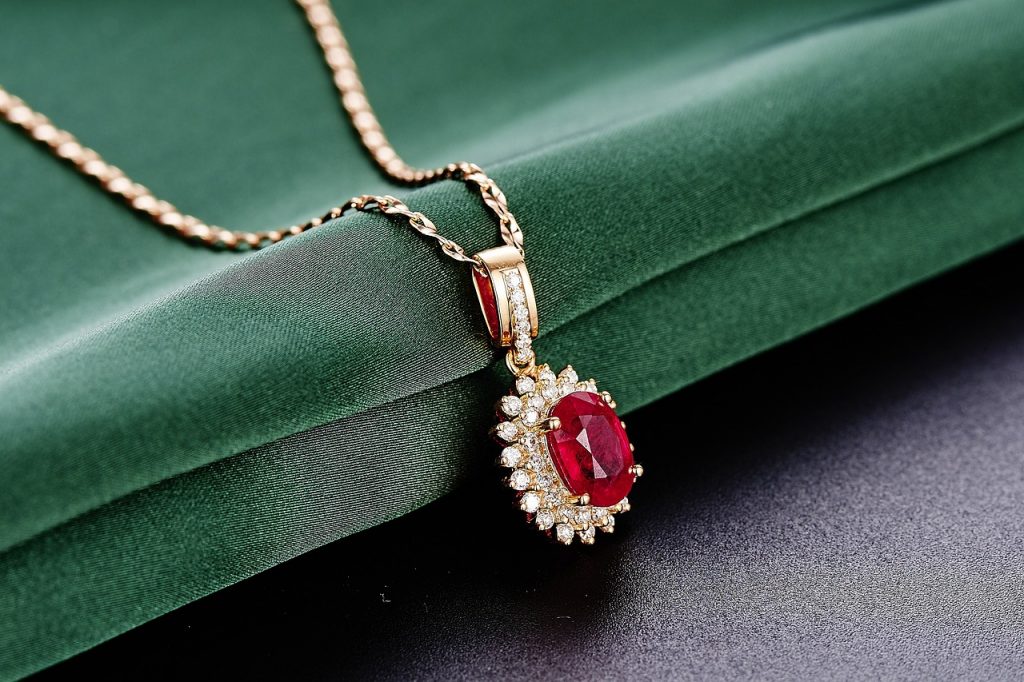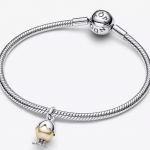Artisanal jewelry, often referred to as handcrafted jewelry, stands as a testament to human creativity and craftsmanship. These unique treasures have a rich history and a significant place in the world of adornments. In this article, we will delve into the world of artisanal jewelry, exploring its history, the techniques behind its creation, the materials used, and its enduring appeal.
History of Artisanal Jewelry
Ancient Origins: Artisanal jewelry has ancient roots that date back thousands of years. From the intricate goldsmithing of ancient Egypt to the exquisite filigree work in Byzantine jewelry, human civilizations have always cherished the art of adorning themselves.
Evolution Through the Ages: Over time, artisanal jewelry has evolved in style and technique. It reflects the cultural and artistic changes of each era, from the detailed craftsmanship of the Renaissance to the innovative designs of the Art Nouveau period.
Artisanal Techniques
Metalsmithing and Casting: Artisanal jewelry relies on the skill of metalsmiths who carefully mold and shape precious metals like gold, silver, and platinum to create intricate designs. Casting techniques allow for the replication of unique forms.

Gemstone Cutting and Setting: The cutting and setting of gemstones require precision and expertise. Artisans select gemstones, cut them to reveal their brilliance, and set them into their designs, enhancing the overall beauty.
Enameling and Filigree: Enameling involves fusing glass onto metal, while filigree creates delicate, lace-like patterns. These techniques add color and texture to artisanal jewelry, making each piece distinctive.
Materials Used
Precious Metals: Artisanal jewelry often features precious metals like gold, which can be crafted into various colors and textures, or silver, known for its timeless elegance.
Gemstones: From vibrant sapphires to rare diamonds, gemstones are a hallmark of artisanal jewelry. Their uniqueness and quality enhance the value of each piece.
Unique Organic Materials: Some artisans use unconventional materials such as wood, bone, and organic substances, creating one-of-a-kind pieces that connect with nature.
Artisanal Jewelry Styles
Vintage and Antique Designs: Artisanal jewelry often draws inspiration from vintage and antique styles, reflecting the charm of bygone eras.
Modern and Contemporary Trends: Contemporary artisans introduce new, innovative designs and styles, blending tradition with modern aesthetics.
Artisanal Jewelry Makers
Celebrated Artisans and Their Works: Renowned artisans, like Fabergé and Cartier, have left an indelible mark on the world of artisanal jewelry.
Supporting Local Artisans: Many local artisans craft unique pieces that offer a personal touch and a chance to support small businesses.
The Appeal of Artisanal Jewelry
Unique and One-of-a-Kind Pieces: Artisanal jewelry stands out for its one-of-a-kind nature, ensuring that wearers possess a unique piece of art.
Personalized and Custom Creations: Artisans often offer custom design services, allowing customers to create pieces that reflect their personality and style.
Artisanal Jewelry in the Fashion World
Celebrity Endorsements: Artisanal jewelry often graces the red carpets and fashion events, gaining endorsements from celebrities who appreciate its exclusivity.
Runway Appearances: Artisanal jewelry features in runway shows, making a statement about its place in the world of high fashion.
Sustainability and Ethical Considerations
Eco-Friendly Materials: Some artisans prioritize using recycled or sustainable materials, contributing to a greener and more responsible industry.
Fair Trade Practices: Ethical artisans adhere to fair trade practices, ensuring that the creation of jewelry benefits local communities.
Pricing and Value
Factors Affecting the Cost: The value of artisanal jewelry can vary significantly based on factors like materials used, craftsmanship, and the reputation of the artisan.
Investment Potential: Some artisanal jewelry pieces appreciate in value over time, making them not only a personal adornment but also an investment.
Caring for Artisanal Jewelry
Cleaning and Maintenance: Regular care is essential to preserve the beauty and luster of artisanal jewelry.

Storage and Preservation: Proper storage can protect jewelry from damage and oxidation, ensuring it remains in excellent condition.
Where to Find Artisanal Jewelry
Boutiques and Galleries: Specialized boutiques and art galleries often feature a curated collection of artisanal jewelry.
Online Marketplaces: Online platforms offer a vast selection of artisanal jewelry, providing accessibility to a global audience.
Choosing the Right Piece
Matching with Your Style: Select jewelry that complements your personal style, making it a natural and authentic expression of yourself.
Occasions and Significance: Consider the significance of the piece for special occasions, making it a memorable choice.
Artisanal Jewelry as a Gift
Thoughtful and Meaningful Presents: Gifting artisanal jewelry shows thoughtfulness and consideration, making it a memorable and heartfelt present.
Celebrating Special Moments: Artisanal jewelry marks significant life moments, whether it’s an engagement, anniversary, or a milestone achievement.
Conclusion
In conclusion, artisanal jewelry is a true representation of human creativity and craftsmanship, offering unique and timeless treasures that tell stories of artistry and individuality. Whether you seek a one-of-a-kind piece to adorn yourself or to gift to a loved one, artisanal jewelry stands as a symbol of luxury, style, and personal expression.
FAQs
- Is artisanal jewelry expensive?
- The price of artisanal jewelry varies, but it can be more expensive due to the craftsmanship and materials used.
- Are artisanal jewelry pieces suitable for everyday wear?
- Artisanal jewelry can be worn daily, but it’s essential to care for it properly to maintain its beauty.
- How can I find a reputable artisan for custom jewelry design?
- Look for reviews, recommendations, and their portfolio to find a skilled and reputable artisan.
- Is artisanal jewelry eco-friendly?
- Some artisans prioritize eco-friendly materials and practices, but it’s essential to research and choose those who align with your values.
- Can artisanal jewelry be a good investment?
- Some artisanal jewelry pieces appreciate in value over time, making them a potential investment, but it varies from piece to piece.
 Vertel Jouw Verhaal met Pandora Moments: Ontdek de Betekenis Achter Elke Bedel
Vertel Jouw Verhaal met Pandora Moments: Ontdek de Betekenis Achter Elke Bedel  Lolelife Product Reviews: Perfect Choices for Health and Comfort
Lolelife Product Reviews: Perfect Choices for Health and Comfort  Runway Extravaganza: Highlights from Major Shows
Runway Extravaganza: Highlights from Major Shows  Gloves, Gloves, Gloves: A Touch of Elegance
Gloves, Gloves, Gloves: A Touch of Elegance  Accessorizing 101: Elevate Your Outfits
Accessorizing 101: Elevate Your Outfits  Stylish Hats and Caps: The Crowning Glory
Stylish Hats and Caps: The Crowning Glory  Shine Bright: Exploring the World of Fine Jewelry
Shine Bright: Exploring the World of Fine Jewelry 